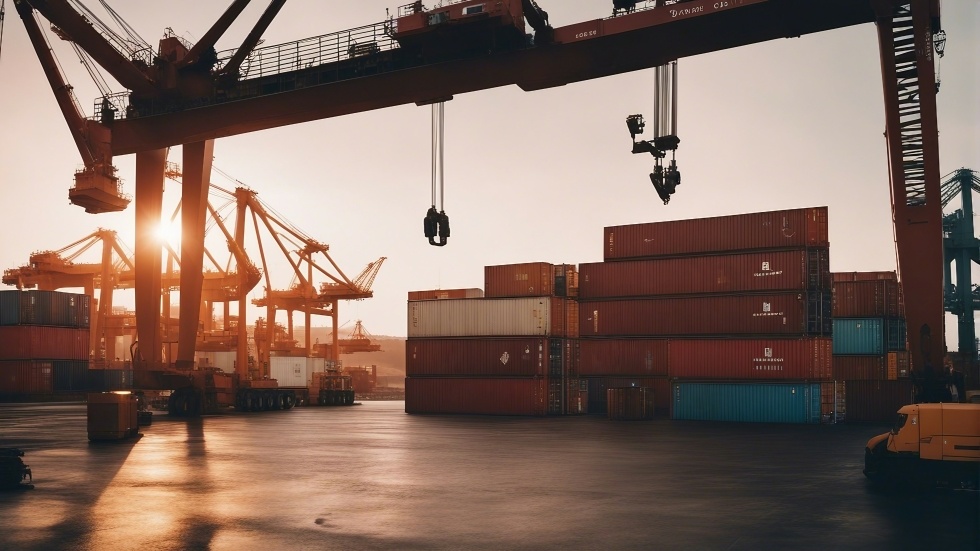Strategies for Global Trade Success: Tariffs, Duties, Trends
Explore key insights on tariffs, customs duties, and global trade trends. Improve your business in the competitive international marketplace.

In the complex realm of international trade, comprehending the nuances of tariffs and customs duties is paramount for businesses engaged in import and export activities. This sub-article aims to unravel the intricacies of these trade costs, shedding light on their types, functions, and the pivotal role they play in shaping global commerce.
Definition and Types of Tariffs
Tariffs, essentially taxes on imported goods, come in various forms, each influencing trade dynamics differently.
- Ad Valorem Tariffs: Ad valorem tariffs are calculated as a percentage of the goods' value. This type of tariff ensures that higher-valued items incur proportionally higher duties.
- Specific Tariffs: Specific tariffs, on the other hand, involve a fixed amount per unit of imported goods. This structure impacts differently priced items uniformly.
- Compound Tariffs: Combining elements of both ad valorem and specific tariffs, compound tariffs offer a more complex fee structure, often used to balance trade considerations.
Tariffs serve as more than just barriers; they significantly impact pricing strategies and market access. Balancing domestic industries with international trade requires careful consideration to ensure a fair and competitive global marketplace.
Tariffs as Trade Barriers
Understanding the impact of tariffs on pricing and market access is crucial for businesses seeking to expand globally.
Impact on Pricing and Market Access:
- Tariffs directly influence the cost of imported goods, impacting both the pricing strategy of businesses and consumer affordability.
- Higher tariffs may act as a barrier, limiting market access for certain products.
Balancing Domestic Industries and International Trade:
- Governments often use tariffs strategically to protect domestic industries by making imported goods comparatively more expensive.
- Balancing these measures ensures fair competition while fostering economic growth.

Definition and Purpose of Customs Duties
Customs duties, an integral aspect of trade costs, are imposed by governments to regulate imports and generate revenue. Understanding the classification and valuation of goods is crucial, involving the assignment of Harmonized System (HS) Codes and determining the customs value.
These duties serve a dual purpose, contributing to government revenue for public services and economic development. Additionally, they play a role in safeguarding domestic industries through protectionist measures, preventing practices such as dumping.
Considerations for Governments
Financing Public Services:
- Customs duties contribute significantly to a government's revenue stream, enabling the financing of public services and infrastructure.
- This revenue plays a vital role in supporting societal needs and economic development.
Protectionist Measures and Fair Trade Practices:
- Customs duties are employed as protectionist measures to shield domestic industries from unfair competition, discouraging practices like dumping.
- Striking a balance between protectionism and fostering fair trade practices ensures a level playing field for businesses.
Considerations for Businesses
For businesses, navigating the impact of tariffs and customs duties is a strategic imperative. Understanding their influence on profit margins and competitiveness in global markets allows for informed decision-making in pricing strategies.
Strategic Pricing and Cost Analysis
- Businesses must strategically price their goods to accommodate customs duties, ensuring competitive pricing while maintaining healthy profit margins.
- An understanding of the customs duty structure aids in accurate cost analysis.
- Awareness of customs duties is essential for businesses aiming to compete globally, as these charges can significantly affect the competitiveness of products.
- Strategic planning allows businesses to navigate these costs effectively.
Compliance and Documentation
- Accurate classification of goods under the appropriate HS Codes is crucial for ensuring compliance with customs regulations.
- Misclassification can lead to costly errors and potential delays in customs clearance.
- Businesses should invest in robust compliance measures, including thorough documentation and adherence to customs procedures.
- Proactive risk mitigation ensures smooth customs processes and avoids potential penalties.
Global Shifts in Trade Policies
Understanding the ever-evolving landscape of tariffs and customs duties is paramount for businesses engaged in global trade. Let's explore the latest trends shaping this dynamic aspect of international commerce.
Trade Liberalization Initiatives:
- Many nations are adopting trade liberalization measures, reducing tariffs to promote global economic cooperation.
- Businesses should stay abreast of such trends to identify opportunities in evolving markets.
Emerging Protectionist Measures:
- Conversely, protectionist measures are on the rise in some regions, impacting global supply chains.
- Adapting to these shifts requires businesses to be agile and diversify their market strategies.
In conclusion, a comprehensive understanding of tariffs and customs duties is indispensable for businesses engaged in international trade. Navigating the complex landscape of customs duties requires strategic planning, compliance diligence, and adaptability to evolving global trade dynamics. Stay tuned for more insights as we continue to explore the intricacies of international trade fundamentals.






Comments 0